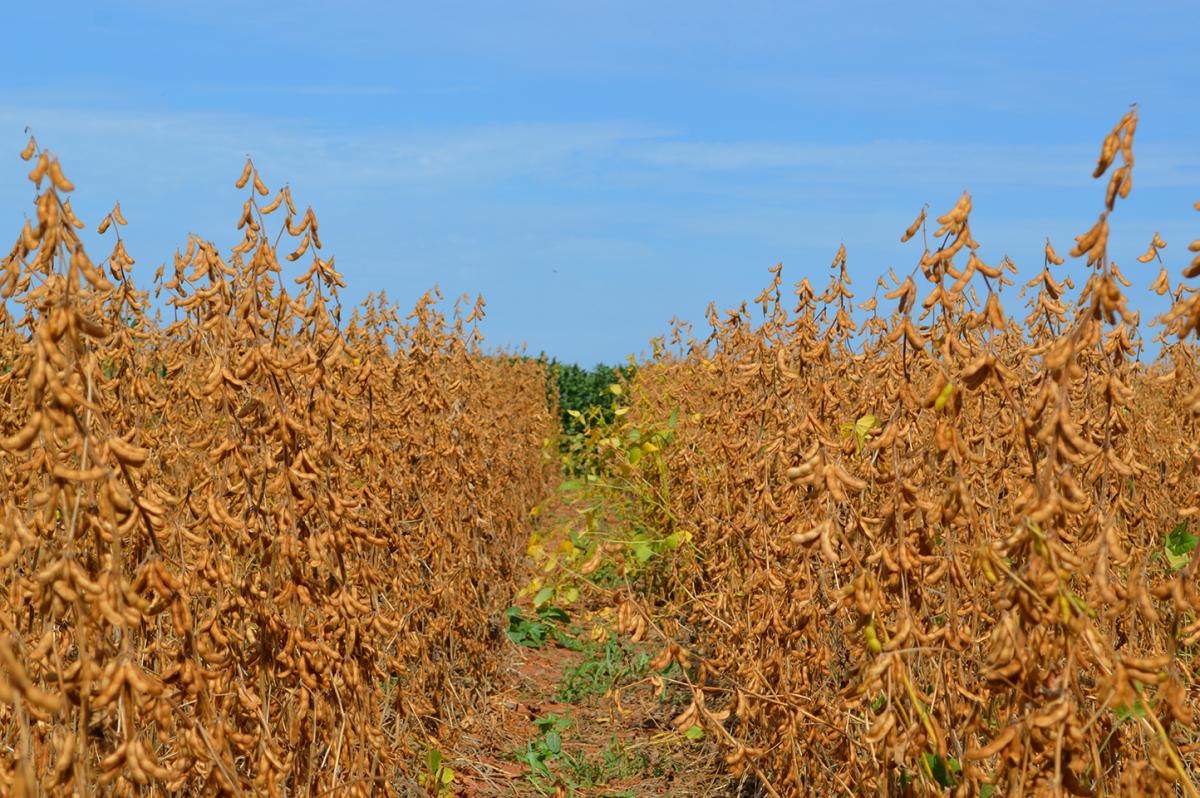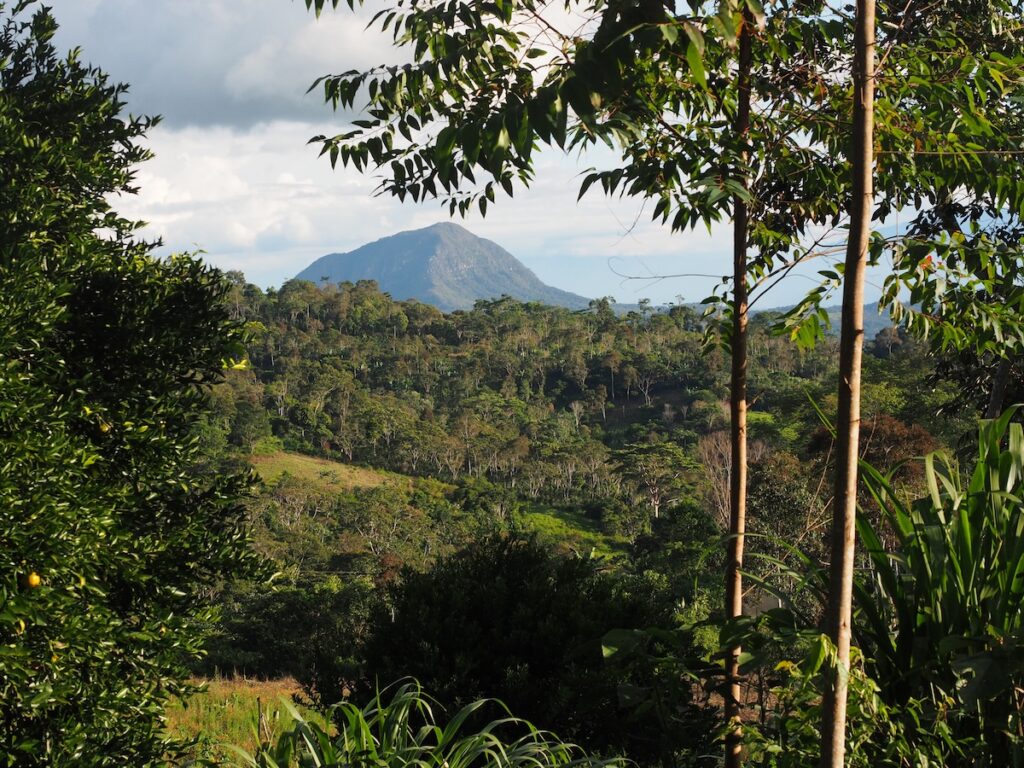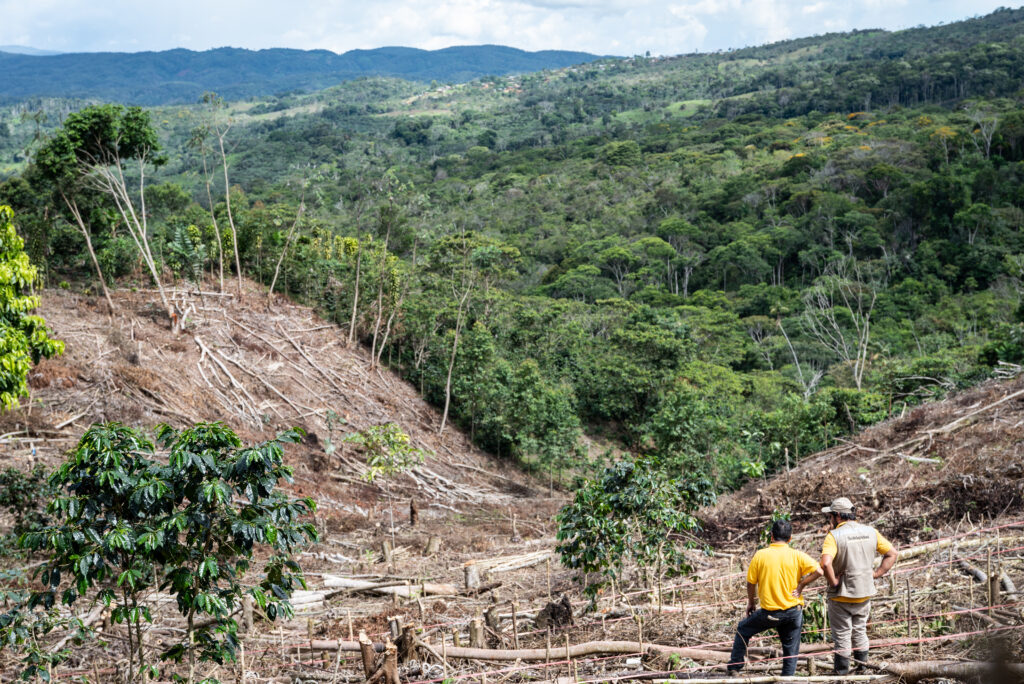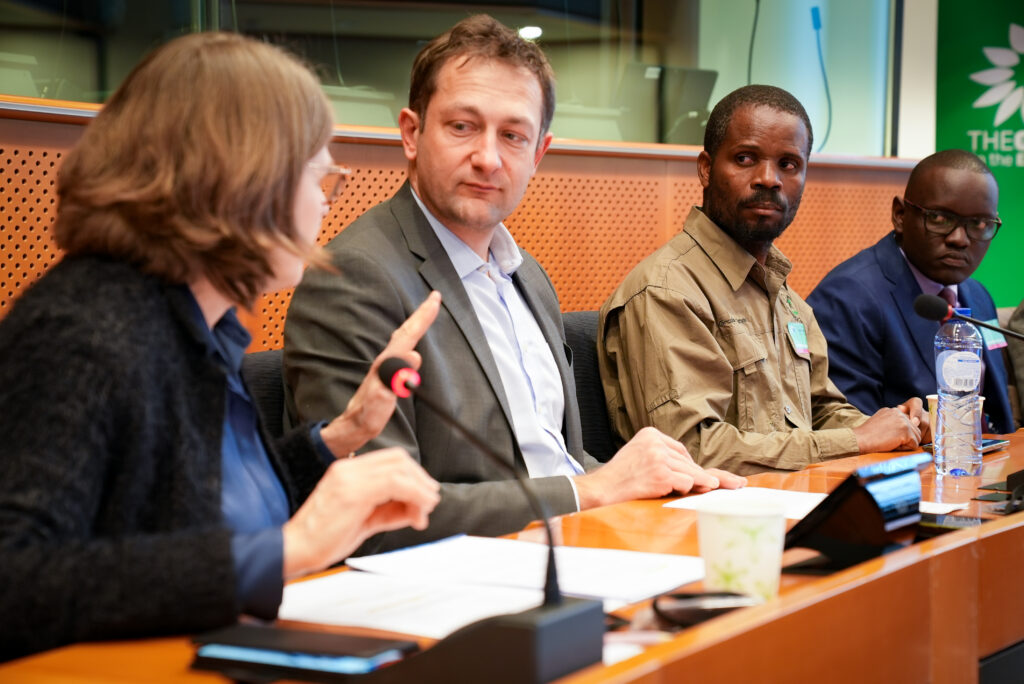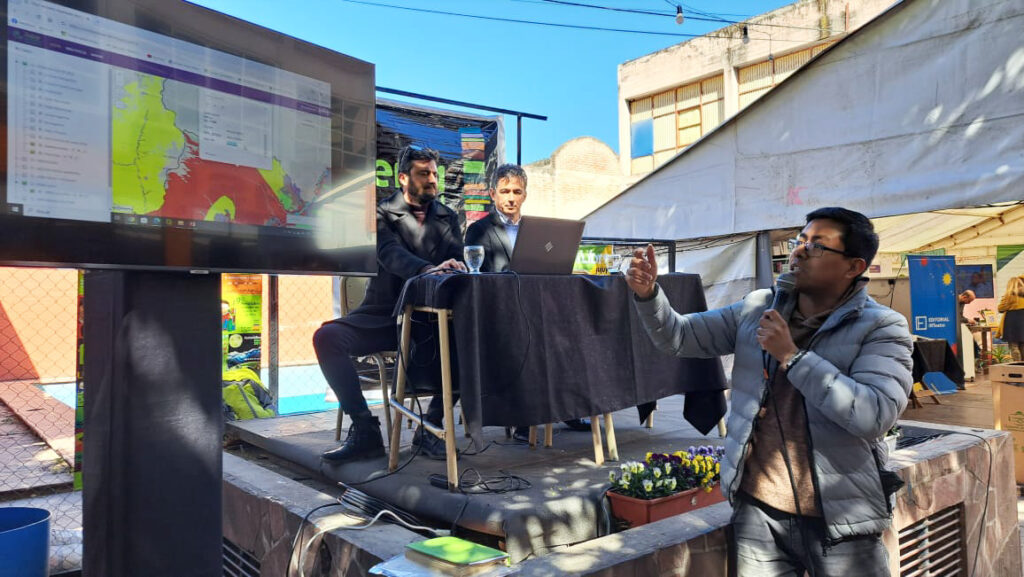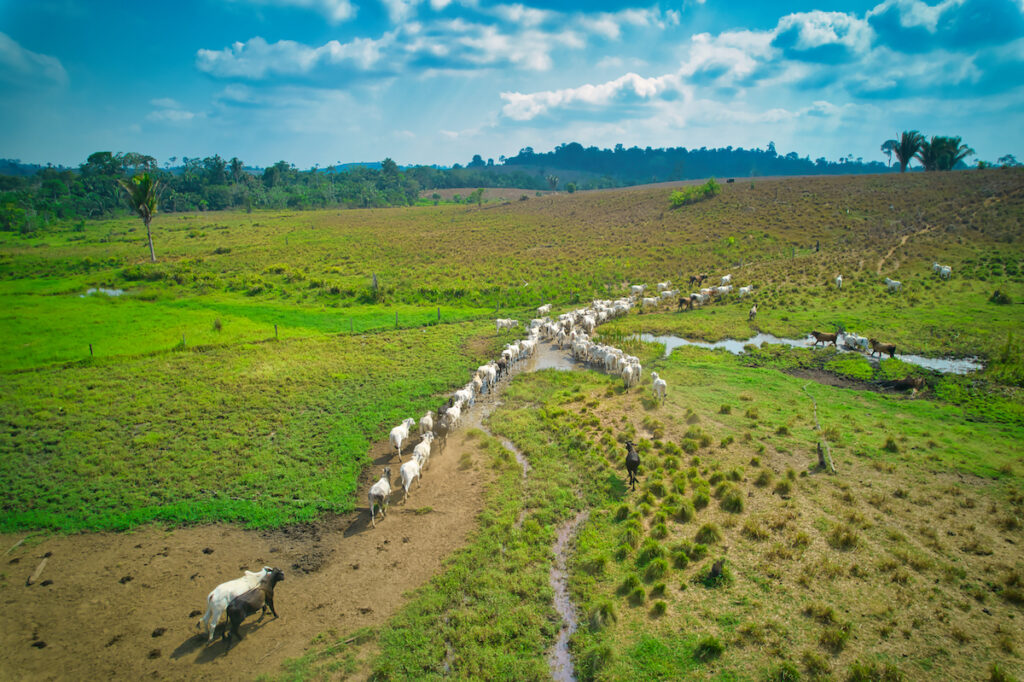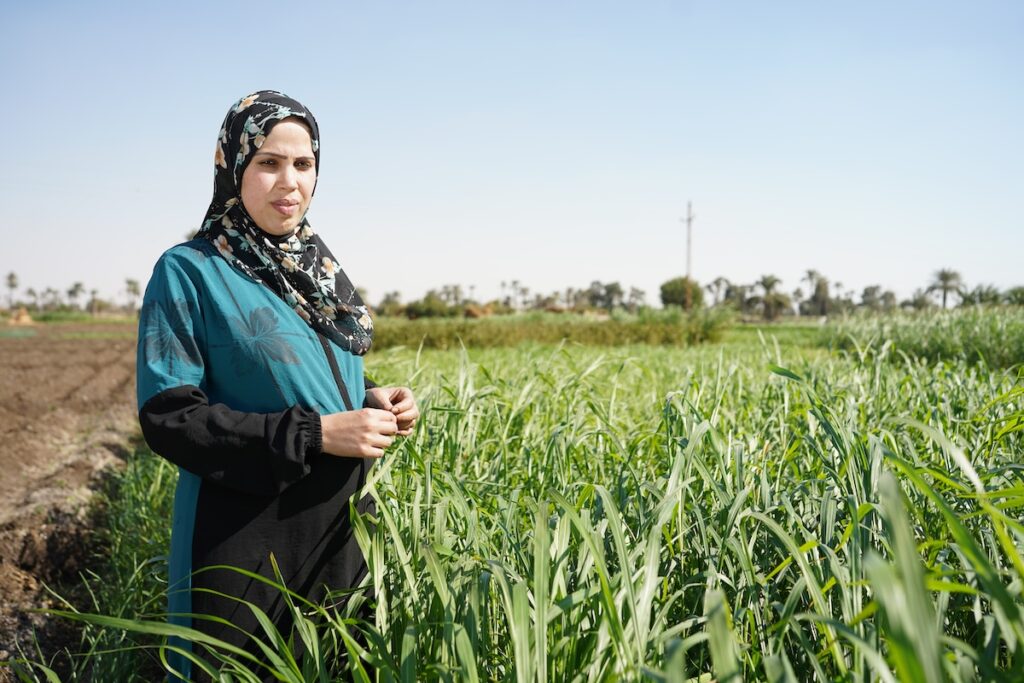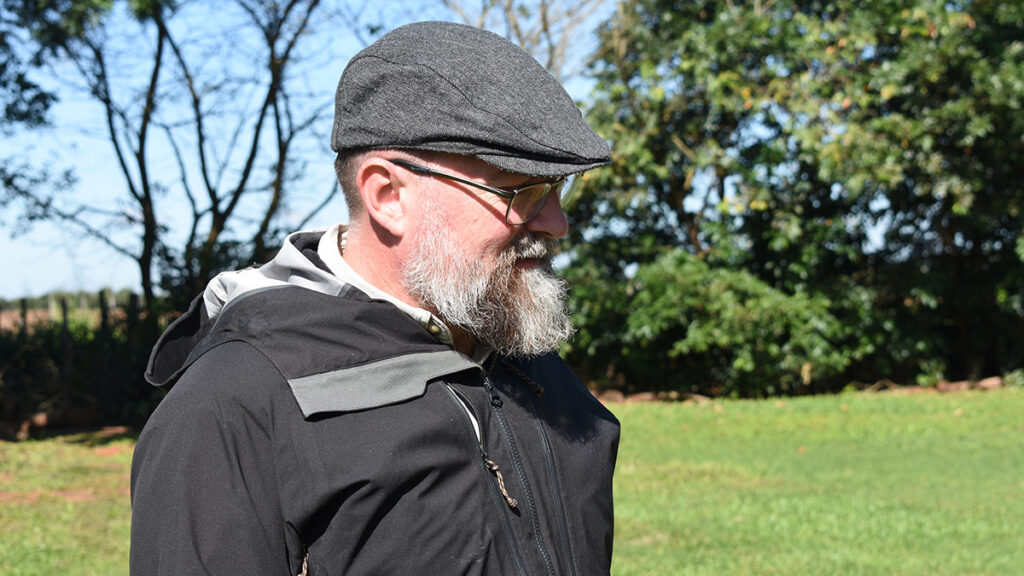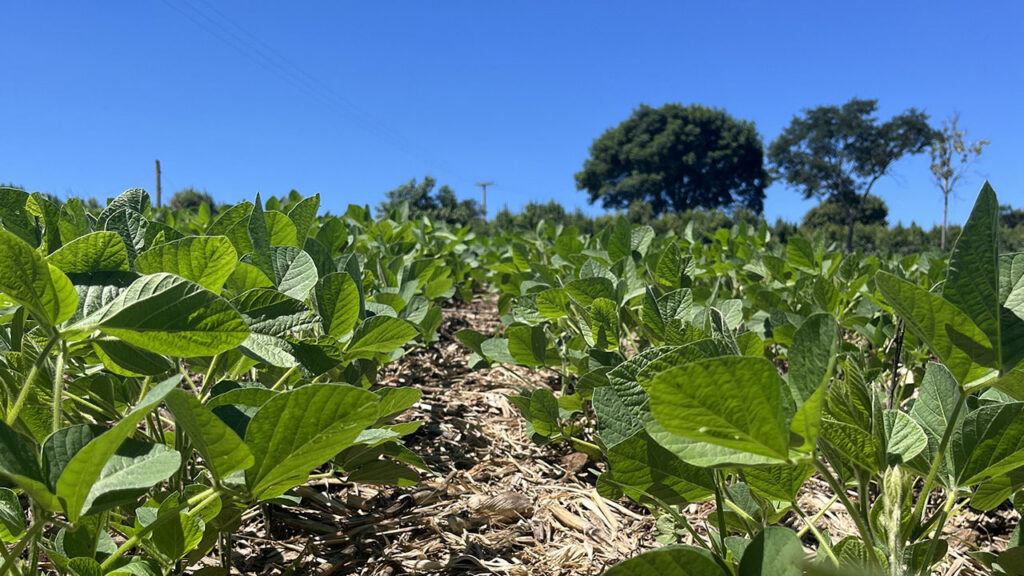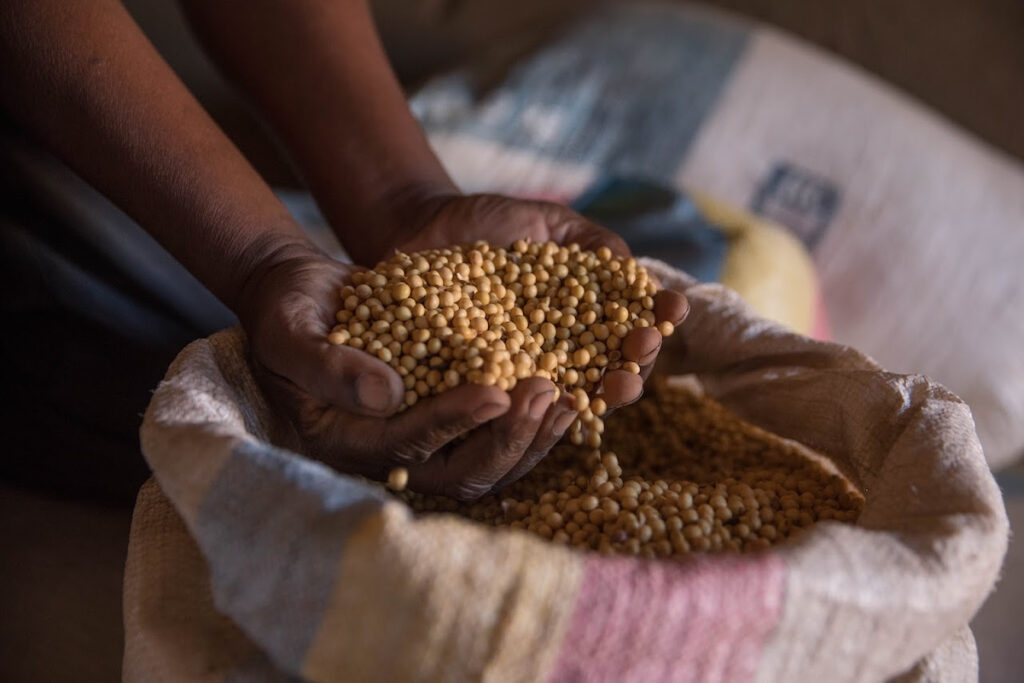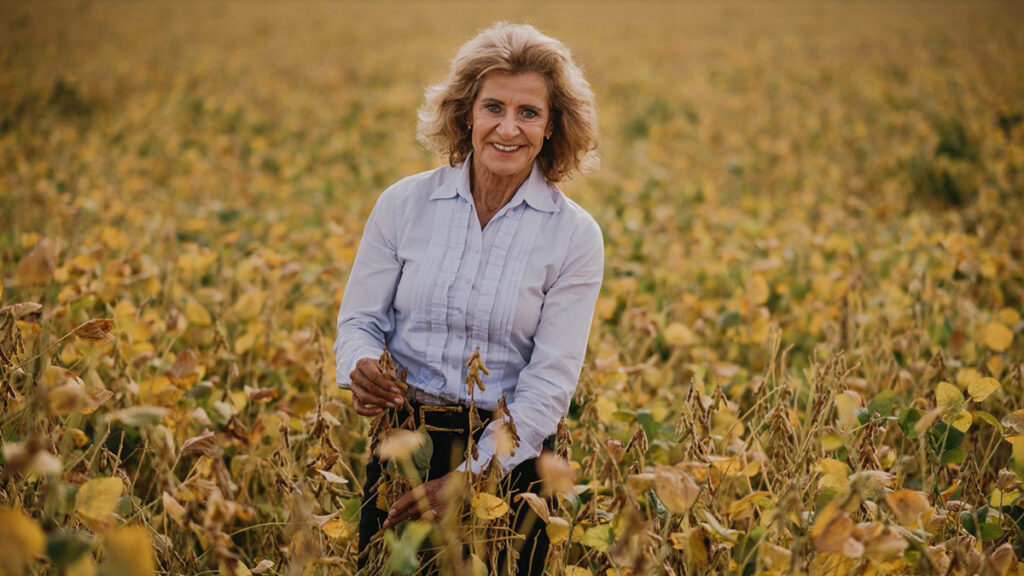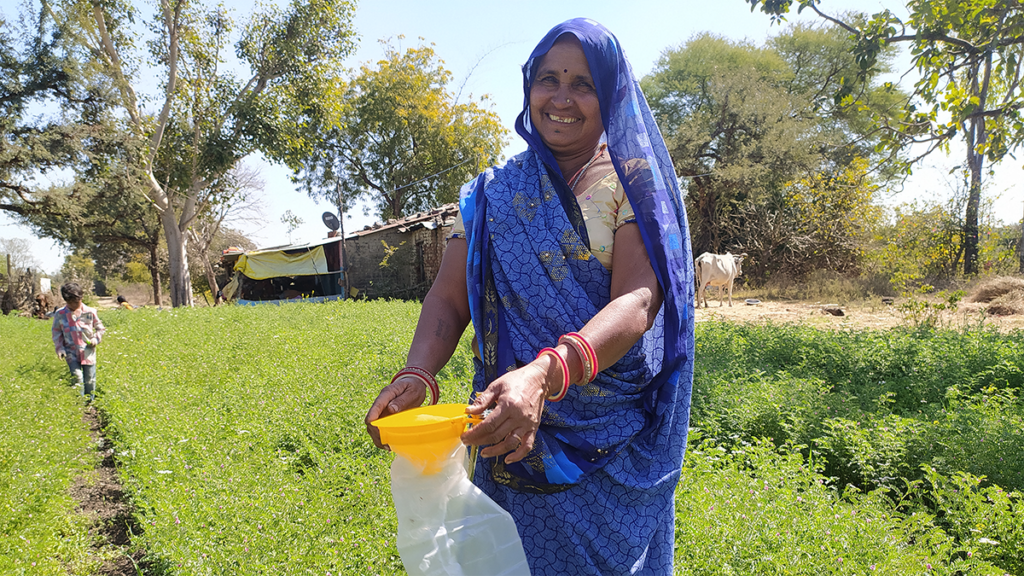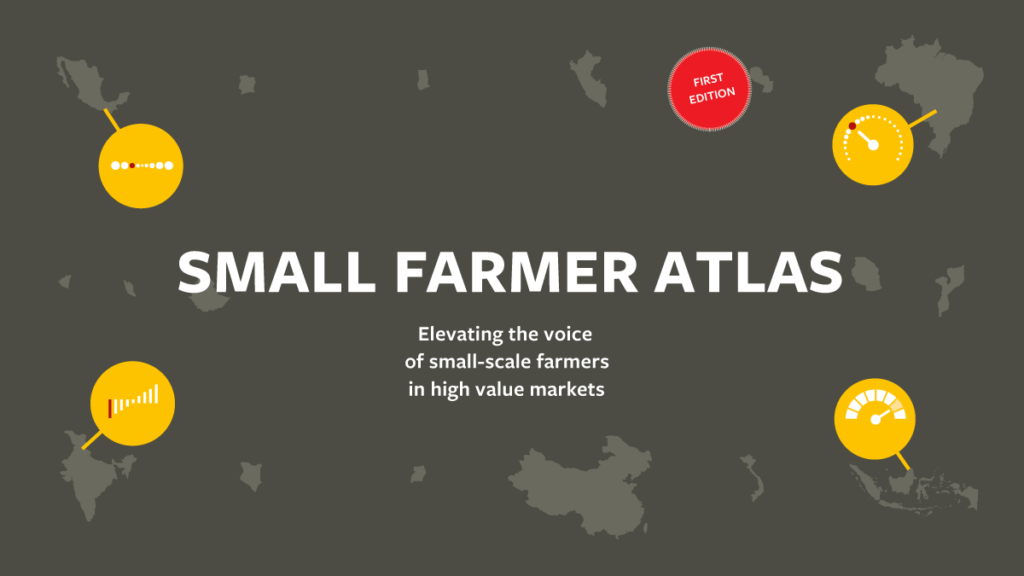“Improving the carbon balance on a property is important for the climate agenda, but it also helps farmers to become more resilient and have soil management better adapted to the conditions in the region,” says Juliana Monti, Solidaridad soy program coordinator, on why the initiative was born.
Carbon emissions in agriculture are one of the factors responsible for increasing the spread of Greenhouse Gases (GHG) into the atmosphere and contributing to climate change. The development of this carbon calculator, that has the support of local researchers through the Working Group on Carbon in Agriculture in the West of Bahia, is a first step to mitigate these effects in the soy supply chain and promote sustainable practices.
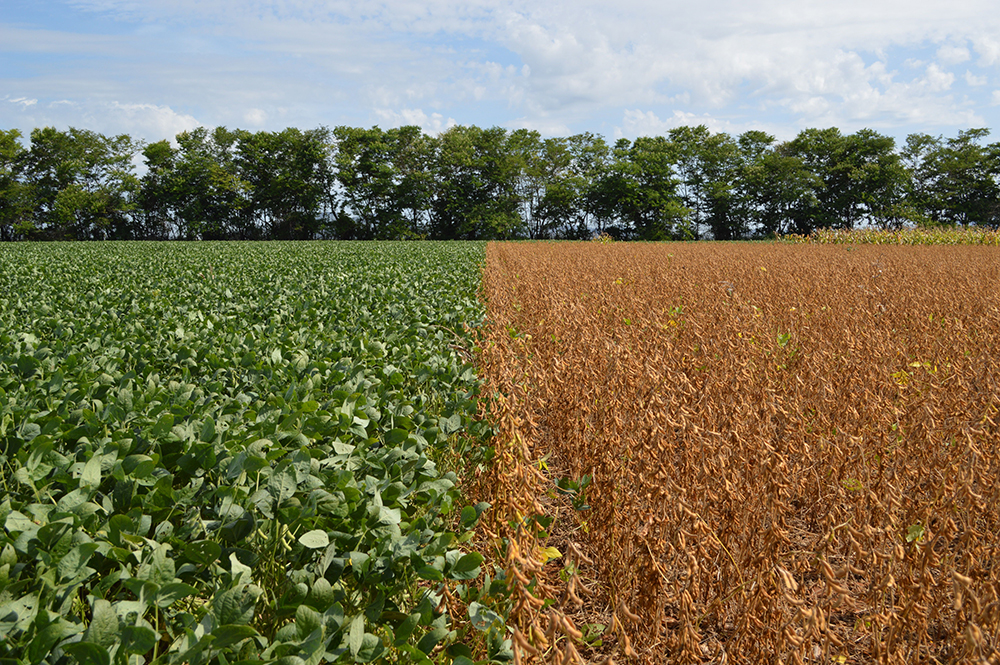
Efficient land use in Brazil
Solidaridad conducted a study to identify municipalities within the MATOPIBA region where soy expansion can take place without compromising the conservation of the Cerrado.
In order to validate the methodology, soybean farmers in Western Bahia will complete a survey, and then receive an individual report with an estimate of the carbon balance in their properties. The goal is to create awareness of how their practices and choice of inputs influence carbon emissions, and provide recommendations for improved scenarios.
Increased productivity, resilience and soil management are not disconnected from conservation. Together with AIBA, we want to bring these themes closer to the producer and show that good agricultural practices can have an added value.
Juliana Monti, Solidaridad soy program coordinator
For AIBA’s Director of Environment, Alessandra Chaves, another important aspect of the partnership with Solidaridad is being able to broaden the discussion on carbon emissions in the Cerrado biome, where the MATOPIBA region lies.
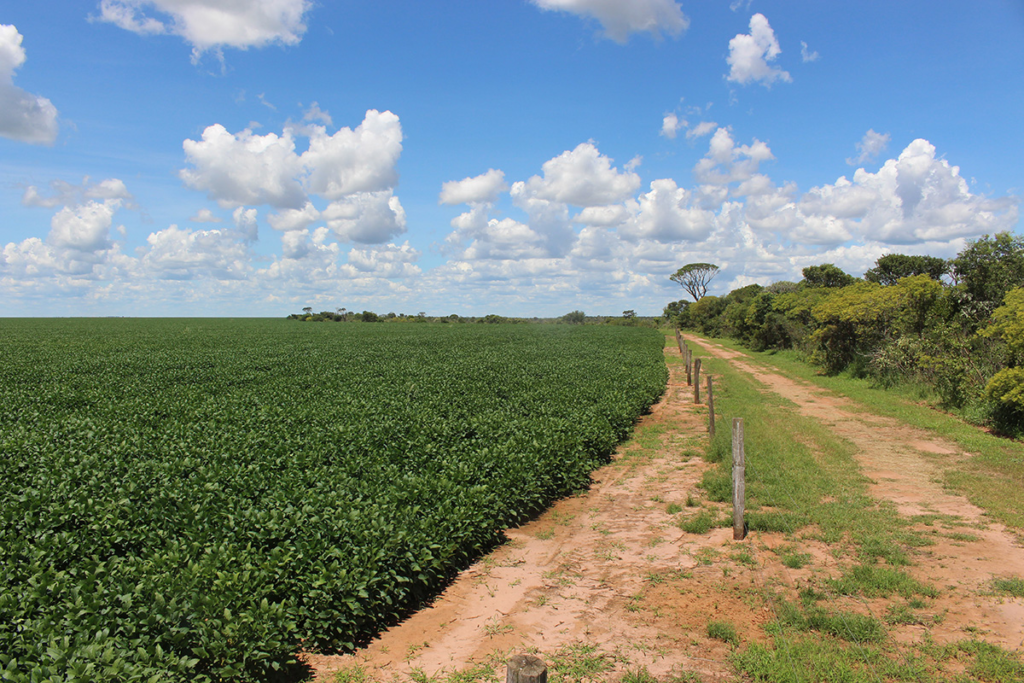
Brazil, China and USA to increase risk-free sourcing of soy and beef
Solidaridad is engaged in fieldwork and corporate engagement to mobilize the market and investors needed to leverage low-carbon production and maintain native vegetation.
“We hope this survey complements other studies conducted in Western Bahia, expanding the understanding of the role the Cerrado plays in carbon emissions, in both productive and conservation areas, under different kinds of managements. These initiatives contribute to national and international discussions and forums on climate change mitigation,” she said.
The carbon calculator is also the first step to involve other actors in the soy chain, such as banks and traders, who can provide support to farmers in order to increase the productive efficiency and meet the global demand for a more resilient and sustainable agriculture.

